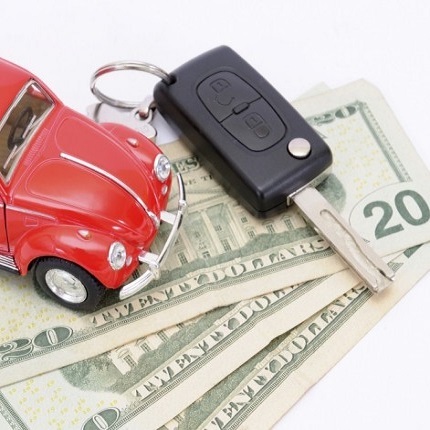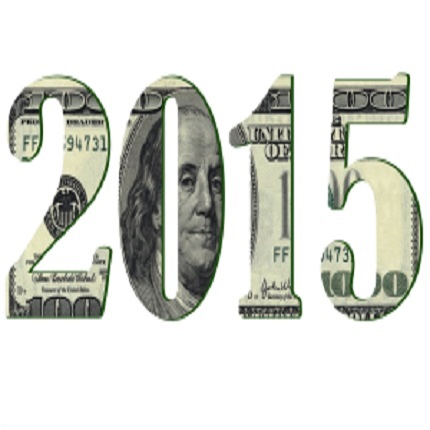Interest Rates On The Rise This Holiday Season
 America has been enjoying historically low interest rates for years – but those days are coming to an end.
America has been enjoying historically low interest rates for years – but those days are coming to an end.
Since 2015, the Federal Reserve has been slowly raising baseline interest rates from the near zero levels necessary to bring America out of the Great Recession.
As of October 2018, the Fed’s prime rate was at 2.19% – the highest it’s been in over a decade.
Why should you care? Because the Fed’s interest rate increases are generally passed on to credit card interest rates, forcing you to pay more in interest charges on any balances you carry.
According to CreditCards.com, the average annual percentage rate (APR) on all credit cards is 17.14% – the highest average rate since CreditCards.com began tracking them in 2007. The Federal Reserve may raise interest rates again in their December meeting, just in time for rates to increase on balances from your holiday shopping.
How much does interest cost over time? Consider the simple example of $1,000 balance on a credit card and no other charges during the payoff time. With 16% interest, you could pay that debt off in six months with $200 monthly payments and pay $42.00 in total interest. At 24%, you’ll pay $64.54 in interest.
Now, assume you can only afford to make $50 monthly payments against that debt. With 16% interest, you’ll end up paying $170.90 in interest over a 24-month payoff period. While at 24%, you’ll pay a whopping $289.87 in interest over a repayment period of 26 months.
Keep in mind those are only interest charges on the $1,000 balance – with no other charges on the credit card at all during this payback period.
While Federal Reserve rate increases usually affect credit card rates, those increases don’t necessarily have the same effect on all consumers. Credit card issuers offer a range of interest rates on the same card based on your creditworthiness.
For example, customers with excellent credit may receive a 16% interest rate offer while those who barely qualify may be charged 24%. Customers paying 16% may be able to absorb a 0.25% increase while those paying 24% could be pushed over the economic edge by an extra 0.25%.
You can minimize the effect of interest rate increases by keeping your credit score high – so it’s important to monitor your credit score and periodically check your credit report for any errors or fraudulent charges or accounts. These will drag down your credit score, forcing you to pay more interest than you should. You can check your credit score and read your credit report for free within minutes by joining MoneyTips.
Other steps to keep your creditworthiness high include paying all bills on time, using only a small amount of your available credit, and keeping debt under control relative to income.
Has your credit score improved? You may be able to offset a rate increase by switching to a different card. Shop around for better offers. Better creditworthiness may lead to a lower rate than you had including the rate increase.
Along with better rates, look for 0% APR introductory offers on purchases and balance transfers that enable you to avoid interest on holiday purchases and chip away at any transferred balances without incurring interest.
Of course, there’s a simple way to keep credit card interest rates from affecting you at all – never carry a balance. Only charge what you can afford to pay off at the end of each month, and make your payments on time and in full. Interest rates could be 17%, 170%, or 1,700%, and you won’t care one bit – because you won’t have any interest charges to pay.
Source: Helenair Independent Record


